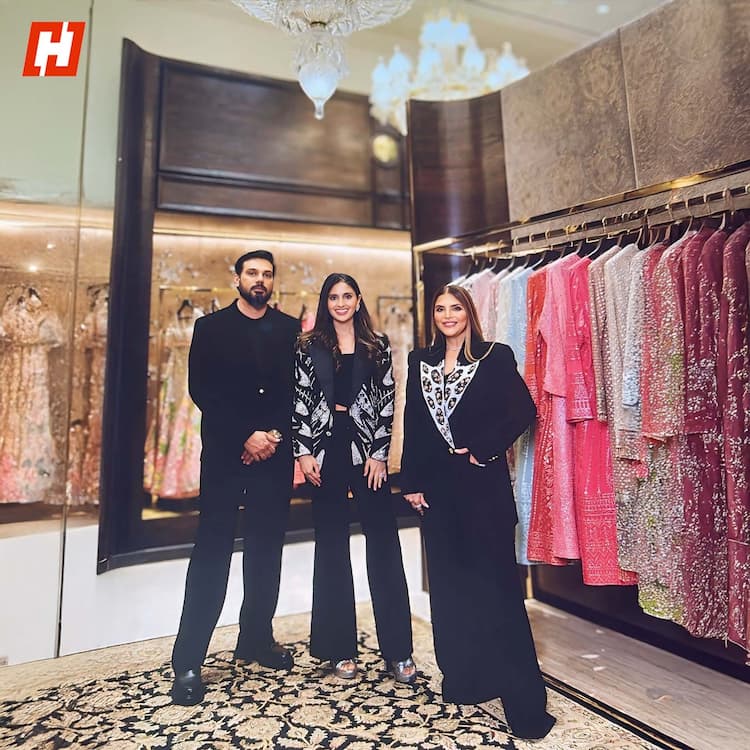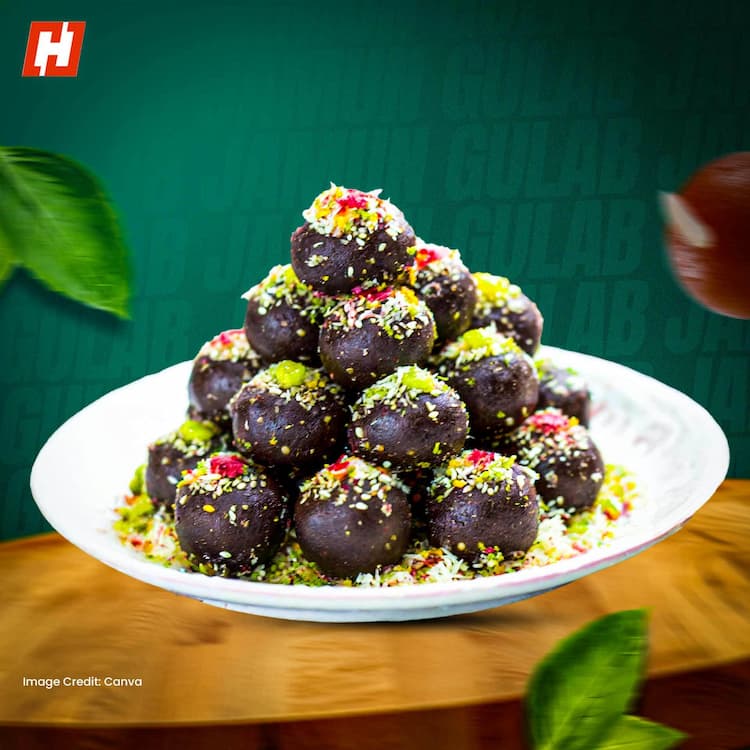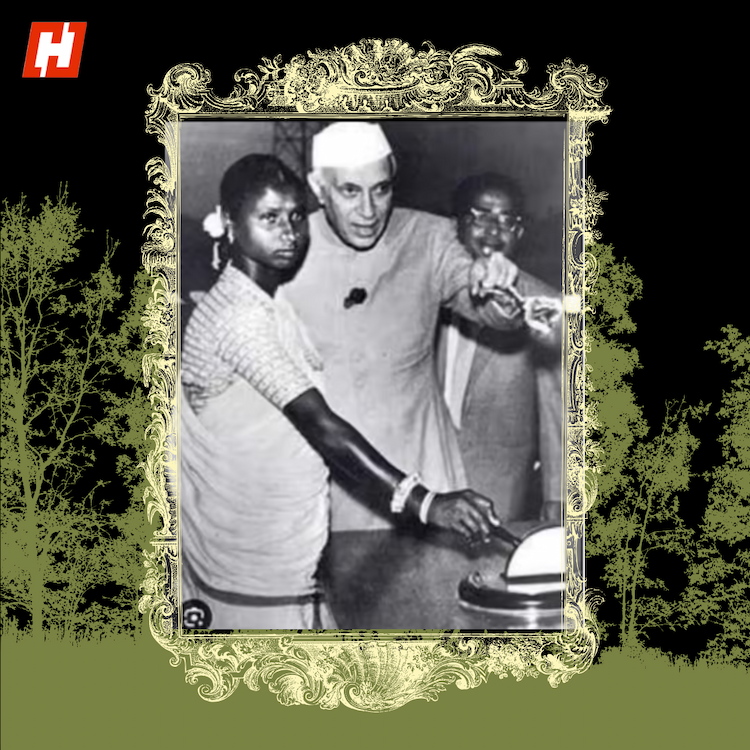Beyond the Hashtag: Why Body Positivity Needs More

Those struggling with body insecurity in a world with strict beauty standards have historically been forced to compare themselves to others and ask themselves, “Am I too fat? Too skinny? Will people notice my flaws?”
One’s self-worth doesn’t exactly benefit from being exposed to social media platforms ridden with filters, either. The good news is, the rise of body positivity movement has challenged this, reshaping the fashion industry with diverse models, expanded size ranges, and inclusivity-- at least for now. But beyond the hashtags, has it stayed authentic?
Critics say corporations exploit the movement, turning empowerment into a marketing gimmick.
We spoke with content creator Neelakshi Singh, who is also an adjunct professor at NIFT and Morley Patel, Partner at DMODE By Divine Designz, to get their insights on body positivity. Here’s what they had to say!
What body positivity means to Neelakshi and how it impacted her perception of beauty standards?
Content creator Neelakshi Singh, who promotes body-positivity content on her Instagram, @plumptopretty, told us how the body positivity movement impacted her life: “For me, body positivity is the sheer acceptance, the full acceptance of myself in the way that I come and it is not a contradiction to living healthy. For me it has also shaped up my beauty standards, ugh, I used to always to think that this is going to look great on others but not me, and that has changed to a big, big extent.”
Can the body positivity movement go beyond hashtags & create real change?
Neelakshi pointed out that there is a gap between the lip-service online and actual change, as far as body-positivity goes. She told us, “While the hashtags body positivity are great for starting conversations online, I feel it's extremely important for them to translate into real life and that really doesn’t happen often. It needs to start at grassroots levels like in school, and it is not just important for the girls, it is equally important for the boys as well. It needs to start at home. Have open conversations with your parents, your grandparents, uncles and aunts and cousins.(sic)”
How influencers and celebrities shape the narrative around body positivity
As role models, are influencers and celebrities doing enough to address the core values of body positivity?
Here’s what Neeelakshi thinks: “I think celebrities, obviously in a country like ours, have a large influence. So, when people see someone like Vidya Balan or Masaba Gupta, as people who have the courage to look different, to be able to stand out and still have a successful career, a successful family, I feel like I have a big, big admiration for these women because they really stand out to me as role models that I would have loved to see and learn from when I was growing up.”
So, I think we need more authenticity and not trends. We need, we don’t need that sprinkle of tokenism that here and there that needs to be put. But truly in the values that we are sharing with people, what words are we using. Bigger designers like even so many from Karl Lagerfeld and Falguni Shane Peacock have said so much about body weight and shaming people of certain sizes that I think that also plays a havoc with a lot of people’s minds because a lot of people are on their journey.
How the fashion industry can embrace body positivity without turning it into a marketing strategy
When asked about concrete measures the fashion industry can take, Neelakshi said, “I would say like have the whole range, have the whole variety because at the end of the day your clothes are being worn by humans and not by mannequins.
Morley Patel added how high-end brands can customise their offerings to authentically represent diverse body-types.
“What also happens is because we see clients, year-on- year, obviously body type changes, to boost their morale, to boost the confidence in what they wear, we style them differently from year to year so that they are able to carry a different look. Everything is tailored to the fit of the body. A lot of our clients who come in, who have different body shapes,we guide them to tell them what would look nice, what would perhaps accentuate. So these small little tips that we kind of give, based on their body lines, we create something out of the ordinary.”
So at its core, body positivity is about balance—celebrating diversity without compromising one’s health. But it’s also about self-acceptance and a certain degree of neutrality towards our bodies. The movement is evolving, but its true power lies in staying rooted in its mission: reminding everyone they are worthy just as they are, and their body type or shape is not a marker of their self-worth.
Trending in Lifestyle

Falguni Shane Peacock open new store, designed by Gauri Khan, in Mumbai

Gulab Jamun: The Timeless Sweet With a Royal Past and a Cultural Heartbeat

Gen Z’s JOMO Travel: The 'joy of missing out' becomes the new way to vacation

